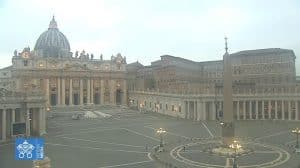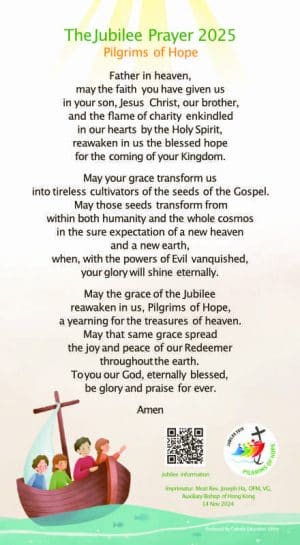
MANILA (UCAN): The Diocese of Laoag in Ilocos Norte, the northern Philippines, received the first-class relics of St. Augustine of Hippo, and St. Nicholas of Tolentino, on September 15.
The diocese said that the relics, which came from an anonymous donor, would be enshrined in Paoay and San Nicolas parishes so that churchgoers would have the chance to see the bone fragments of their patron saints and would remind them of their Augustinian roots and mission
“Our diocese was founded by Augustinian friars. That is why many of our parishes were named after Augustinian saints. St. Augustin and St. Nicholas were among them,” Bishop Renato Mayugba of Laoag explained.
Bishop Mayugba said the Augustinian presence started in the Philippines as early as 1565 when Spanish explorer Miguel Lopez de Legazpi, representing King Philip II of Spain, arrived on the island of Cebu.
“The Augustinians were the first apostles of the Catholic faith in the Philippines. Augustinian Father Andres de Urdaneta was sent by the king to the Philippines, together with other Augustinians from Mexico,” he said.
Bishop Mayugba recounted that the first church in the Philippines was built by the Augustinians on bamboo stilts.
“Through these bamboo-made churches, many of the natives [Filipinos] were baptised,” he added.
“We have received the faith through the many zealous and holy Augustinians who planted the faith in this land some 500 years ago. Through these sacred relics, may we be reminded that we too have a mission to spread the Gospel in all places,” the bishop said.
The diocese said in a statement, “These relics date back to 430AD. These are not easy to obtain, especially since they are first-class relics, meaning they came from the remains of holy people.”
As we celebrate the 500 years of Christianity in the Philippines. The Chaplaincy to Filipino Migrants organises an on-line talk every Tuesday at 9.00pm. You can join us at:
https://www.Facebook.com/CFM-Gifted-to-give-101039001847033
There are three kinds of relics in the Catholic Church. First-class relics are the physical remains of a saint. Second-class relics are objects owned by saints. Third-class relics are objects that had been in physical contact with first or second-class relics.
The Diocese of Laoag encouraged the faithful to be hopeful amid the Covid-19 coronavirus (SARS-CoV-2) pandemic because the relics should remind them of the lives of the two saints.
“We have in our midst the sacred remains of Saints Augustine and Nicholas. They did not live an easy or painless life. But their faith did not waver because of God’s divine grace and inspiration,” the diocese said.
St. Augustine, the 5th century convert, theologian, philosopher and the bishop of Hippo in what was Roman North Africa, who wrote the book, Confessions, an autobiography of the immoral and sinful life he lived before his conversion. He is one of the Great Church Fathers.
St. Nicolas of Tolentino was a mystic and pastor who tended the poor and criminals in Italy. It is also believed he received a vision of purgatory.










